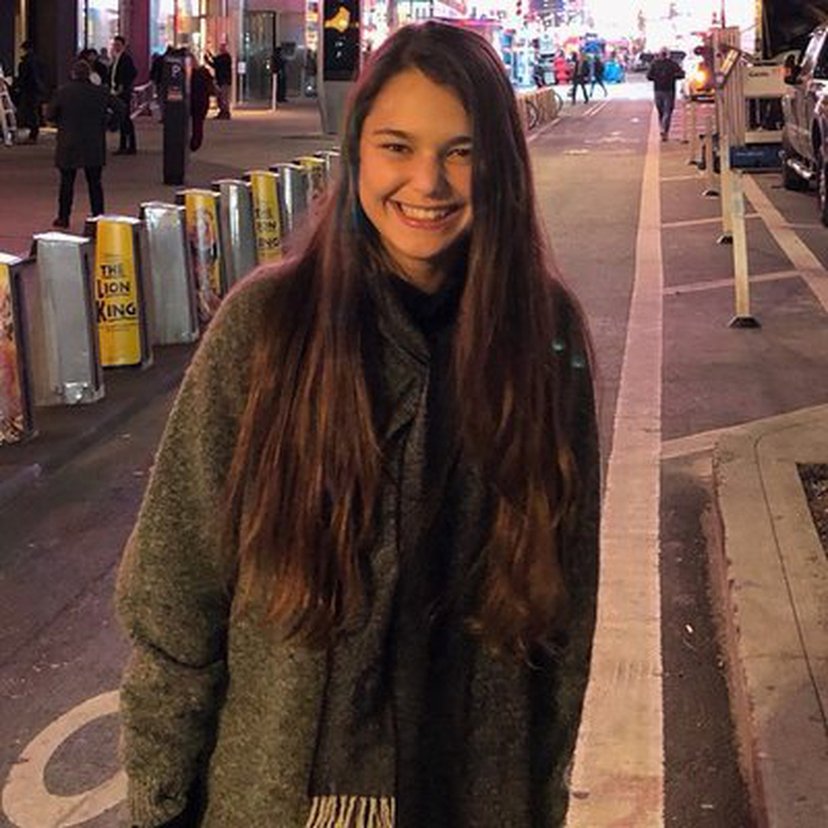Hannah Herbst

Hannah Herbst
Hannah Herbst (born July 9, 2000) is an inventor, scientist, student, and STEM advocate for girls and kids. She is best known for creating BEACON, an ocean energy collection device that converts the kinetic movement of water into electricity for people in developing countries.
Early Life & Education

Hannah Herbst tells her story on YouTube

Herbst smiling with the FTC 8844 robot at the FIRST Tech Challenge
Hannah Herbst was first introduced to engineering when she was in 2013, when she was in the 7th grade.
She attended a summer engineering and technology camp hosted by Florida Atlantic University; she was the only girl out of 40 people in the program.
At the end of the camp, Herbst and her team won the 2013 Summer Engineering Technology Program Lego Robotics Sumobot Competition.
She joined other competitions after participating in the camp, including the Science Olympiad and the FIRST Tech Challenge.
Herbst currently attends Florida Atlantic University High School. She is on the Varsity Soccer team and played basketball. She is expected to graduate in 2019.
She is also a sophomore at Florida Atlantic University; she is majoring in Computer Engineering
In addition to her aforementioned academics, Herbst participated in a two-week long Ivy League Summer Academy at Yale University on a full scholarship.
Projects
BEACON
When she was middle school, Hannah created a project called BEACON, which stands for Bringing Electricity Access to Countries through Ocean Energy.
Inspired by her 9-year-old pen pal Ruth who lived in Ethiopia, Herbst realized that there were a lot of people around the world who did not have access to a reliable source of power and electricity.
As a result, she created an energy probe prototype that uses untapped energy from ocean currents.
She submitted the idea to the Discovery Education 3M Young Scientist Challenge and was chosen as a national finalist.
SEIAC
After inventing BEACON, Herbst began working on another project called SEIAC (System for the Early Identification for Airborne Chemicals).
It was designed to detect the presence of odorless and colorless chemicals and issue an alert to people in the area.
This, in turn, aims to efficiently help evacuate people without risk of injury.
Hannah created SEIAC to combat death and injury from chemical spills.
Awards & Accomplishments
Hannah Herbst is a two-time Intel ISEF finalist. She won first place in the 2015 Florida State Science and Engineering Fair and won second place in the same category the following year. When she won in 2015, she won a $25,000 prize.
In October 2015, Herbst was awarded the title of America’s Top Young Scientist and took home the $25,000 grand prize in the 17th annual Discovery Education 3M Young Scientist Challenge.
In December 2015, she was listed in Mashable's list of "26 Incredible Innovations that Improved the World in 2015."
In 2016, She was an exhibitor at the White House Science Fair and shook hands with then-president Barack Obama and talk to him about her project. She eventually earned a Congressional Award of Achievement.
In November 2017, Forbes announced that Hannah was in the Forbes 30 Under 30 in 2018. She was recognized in the 'Energy' and 'Youngest' lists, respectively.















